In itself, the notion of tectonics represents a critical will to learn and to act meaningfully on behalf of the architect/engineer. A critical motivation to develop the knowledge, skills and competences to position and develop spatial potentials as an integral answer to external contextual conditions; technological, societal, economical etc. in architecture. Within the overall Problem Based Learning environment that characterize Aalborg University, and the union of architecture and engineering that define the profile of the Department of Architecture, Design & Media Technology, ‘TiA’ continuously develops and provide teaching aimed at equipping our students with a tectonic mindset in the approach of these conditions. We do this with a particular emphasis on the question of individual and collective positioning within the field, by acting simultaneously in course modules and project modules. The course modules are designed to progressively equip the students with critical, experimental, and methodological approaches to both architectural analysis and design from bachelor to master and PhD level, and the project modules to test, apply and further develop these approaches in specific contexts.
teaching
Reader on Tectonics in Architecture
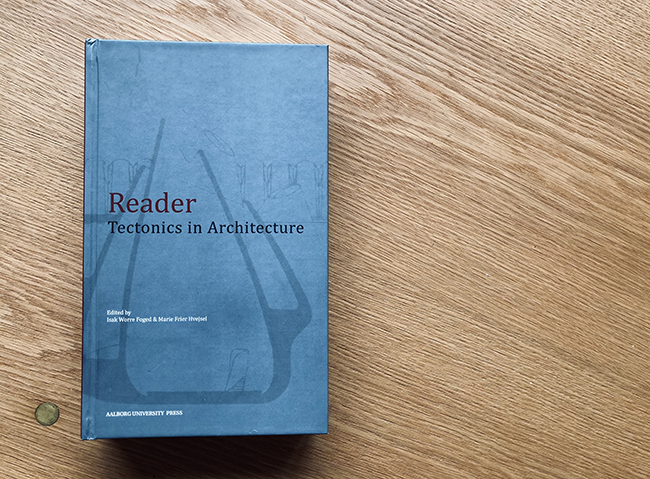
The idea for the Reader on Tectonics in Architecture, published in 2018, was motivated in a common aim to aid students in developing a tectonic mindset in their approach to integrated architecture and engineering studies:
'The reader on Tectonics in Architecture forms a hitherto non-existing common point of reference from which to expand and continue the discourse on tectonic theory as a vehicle for innovation in the built environment. The reader presents the notion of tectonics as a critical and methodological entrance to the broader field of architectural theory by gathering a selection of key readings on Tectonics in Architecture covering the span from mid-18th century German architectural theory through to state of the art recent research on the topic. The collection addresses students of architecture and engineering while simultaneously providing an overview as a foundation for further research on the topic' (Foged & Hvejsel 2018, Back Cover).
The reader is edited by Isak Worre Foged & Marie Frier Hvejsel in collaboration. The Reader can be purchased via Aalborg University Press
Acoustic Tectonics Studio (MA)
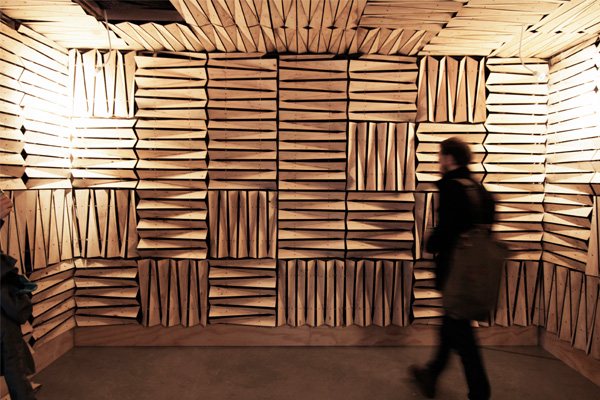
Acoustic Tectonics Studio 2015 Pavilion - Photo credit Isak Worre Foged
The master level course/project explores and applies architectural acoustics through early design processes to manufacturing processes and production of 1:1 prototypes. It integrates in this course; aspects of architectural acoustics, architectural parametric design, architectural theory and computer numerical controlled (CNC) manufacturing processes.
The project is structured in 4 phases. First phase (1), initiates with an architectural design exploration focused on the design of a surface element based on acoustic and material properties (wood and textiles). Second phase (2) focuses on a system as an assembly and joinery/details of the elements internal structure and its relation to neighbouring elements. Third phase (3) applies the knowledge gained in phase (1) and (2) to create an envelope formation that is based on acoustics, material and spatial properties. Last phase (4) applies the design of the element design in (1) and advanced through (2) and (3) to a manufacturing process. Knowledge of manufacturing constraints is also to be discussed in the previous phases.
Methods
The project is focused on three aspects; architectural acoustics, experimental design processes and computational methods for form analysis and form manufacturing. In this process, digital parametric models are central to create acoustic analysis, to develop multiple design proposals and to make physical prototypes and final models based on these studies.
Teachers: Isak Worre Foged and Mads Brath Jensen
Project microsites: https://acoustictectonics.wordpress.com and https://acoustictectonics2016.wordpress.com
A place to sit (MA)
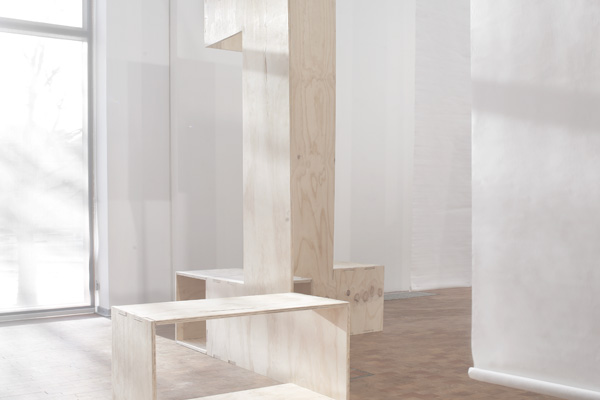
Photo from exhibition of coursework at Utzon Center, photo: Lasse Wind
The course ‘Tectonic Studies & Experimentation – A place to Sit’ explores the potential of the furniture scale as a tectonic epistemological foundation for architecture in general. This as a sort of ‘magnifying glass’, in grasping and describing the spatial ability of architecture to ‘gesture’ its inhabitants, as well as in exploring the technical ‘principles’ that carries these gestures. In this matter, the course presents and analyses selected engineering and architectural works and theories in relation to historical as well as contemporary conditions and challenges of construction practice in which the furniture scale is used as a critical medium intended to enable a methodological linkage of architectural theory and practice. Consequently, the task that we ask of the students is dual. Firstly, I ask of the students to make a critical tectonic analysis of a chosen architectural detail (their favourite!) Secondly, we ask of them to do a specific design work in groups designing ‘a place to sit’ exploiting the particular tectonic potential of plywood 1:1 using only two standard sheets of plywood. In both analysis and design the notions of ‘gesture’ and ‘principle’ derived from the intimacy of the furniture scale are applied as a vocabulary and method describing the tectonic relation between aesthetics and technique in architecture. Hence, by zooming in and utilizing the furniture scale as a critical developer it is the intention to foster a detailed view at architecture in general; an understanding of the fact that the smallest of details are decisive to our sensuous experiences of our surroundings, even in large-scale urban structures. The course was held for the first time in 2011.
Teacher: Marie Frier Hvejsel
Book publication ‘A Place to Sit – Tectonics as method in architectural education’: Link
PhD Course: Towards an integral building culture
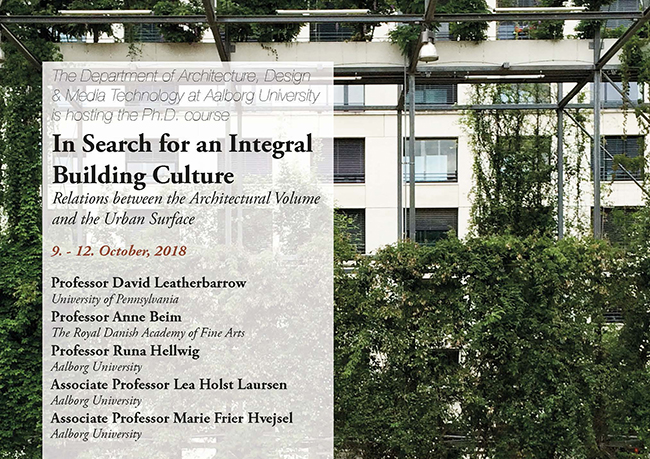
In TiA we are continuously looking out for opportunities to develop our teaching in collaboration with educators from other institutions. The international PhD Course 'In Search for an Integral Building Culture' held in 2018 is an example hereof. The course explored Relations between the Architectural Volume and the Urban Surface, related to our research into 'Urban Tectonics'. Please contact us if you want to collaborate in research based teaching.
The course was organised by Lea Louise Holst Laursen, Marie Frier Hvejsel & Elias Melvin Christiansen as a collaboration between TiA LAB and Urban Transformation Reearch Group.
Photo credits: Elias Melvin Christiansen
Urban Tectonics Workshop (BA)
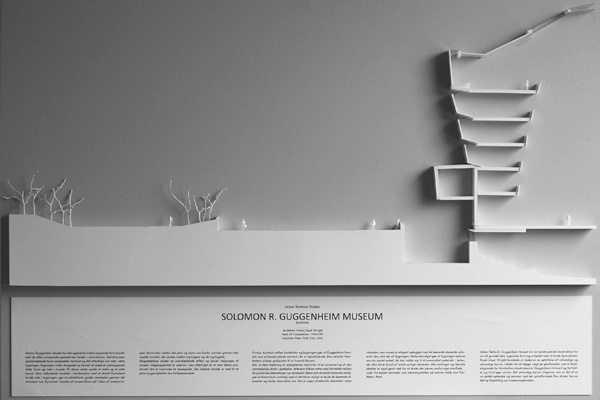
The Urban Tectonics Workshop is a four-day condensed course combining practice and theory through lectures, pin-ups, hands-on workshopping, and discussions. It is placed as an exercise included in the 6th semester project in the architecture and urban design bachelor program, intended to help the students explore the relations between the two. The students are required to do a comprehensive case study of a state-of the art architectural and/or urban design project. Examples of projects chosen are Yokohama International ferry Terminal by FOA, Blox in Copenhagen by OMA, TU delft Library by Mecanoo, and Sendai Mediatheque by Toyo Ito: Can the notion of tectonics, primarily applied in qualifying the act of joining elements at the architectural scale be extended and developed to qualify the joining of urban surface and architectural volume across scale, we ask the students? The students explore this question by describing and discussing the experienced spatial quality, gesture identified within the project, in relation to the structural principles applied in its realization. The students are finally asked to articulate their findings in a section model. Hence, through a theoretical understanding, analysis, and a practical construction of the section model, the aim of the workshop is to strengthen the students’ ability to connect architectural visions with corresponding structural means, the what’s and how’s of architecture and urban design. The workshop was held for the first time in 2012.
Teachers: Marie Frier Hvejsel, Lea Louise Holst Laursen, Elias Melvin Christiansen
Research paper about the workshop. Link
Technology, Society, Architecture (BA)
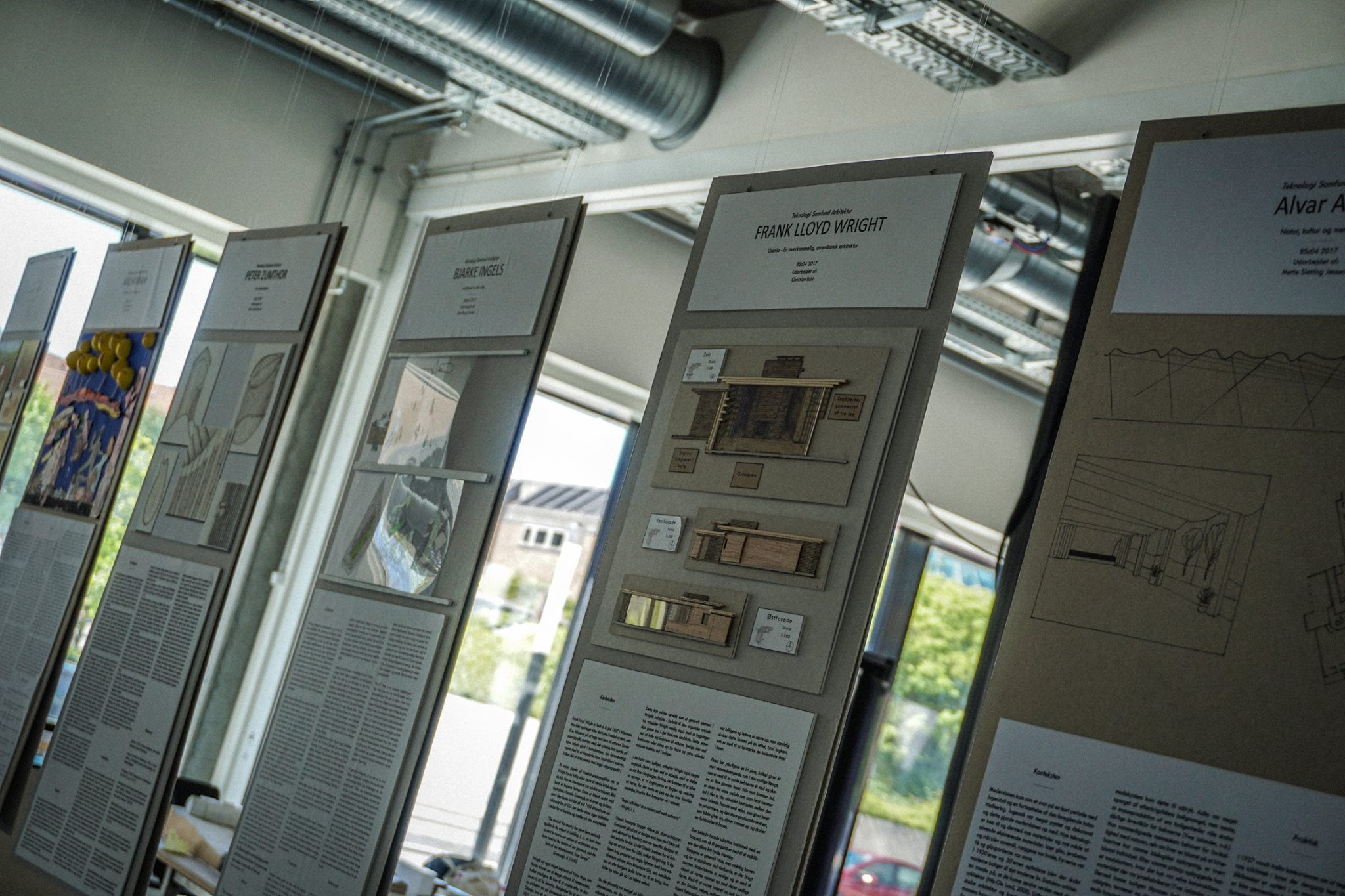
Exhibition of coursework, Photo: Martin Lundberg
The course ‘Technology, Society, Architecture’ represents an application of a tectonic approach to history class in architecture. Hence, rather than studying architectural history as such, we ask of the students to study the ideas, methods and positions behind the canonical examples. Based on a series of lectures that introduce a selected period in architectural history the students are asked to select and study a ‘position’, exemplified in the works of a single architect/engineer, a group of architects/engineers or even a comparative study of several. Herein the students research the ‘position’ in relation to its societal and technological context, its key theoretical arguments, and its practice. Hence theory and design are studied in comparison and with the task of our architect/engineer students to point out perspectives for application of this knowledge in the development of their own ‘positions’ within the field of architecture.
Teacher: Marie Frier Hvejsel